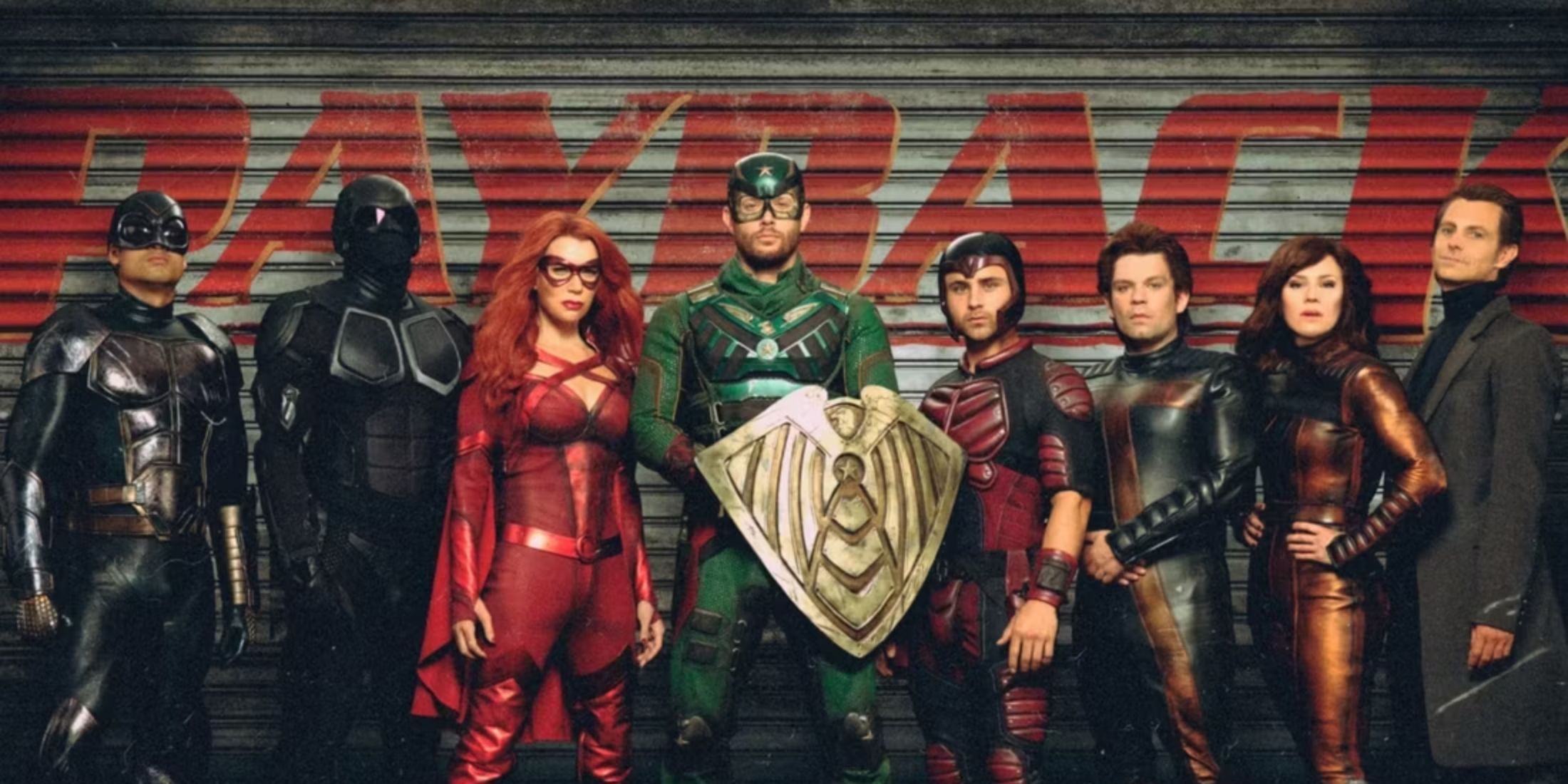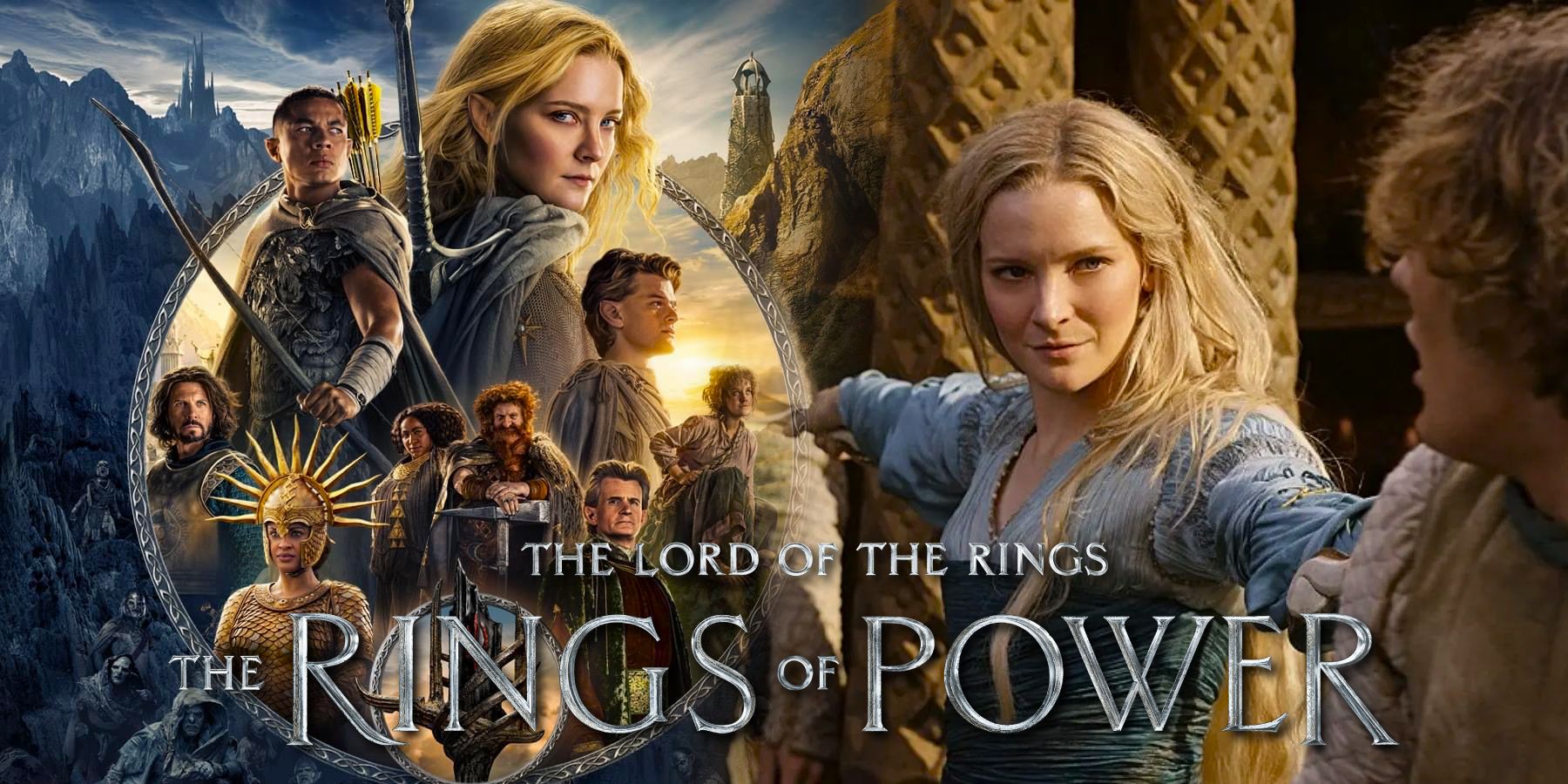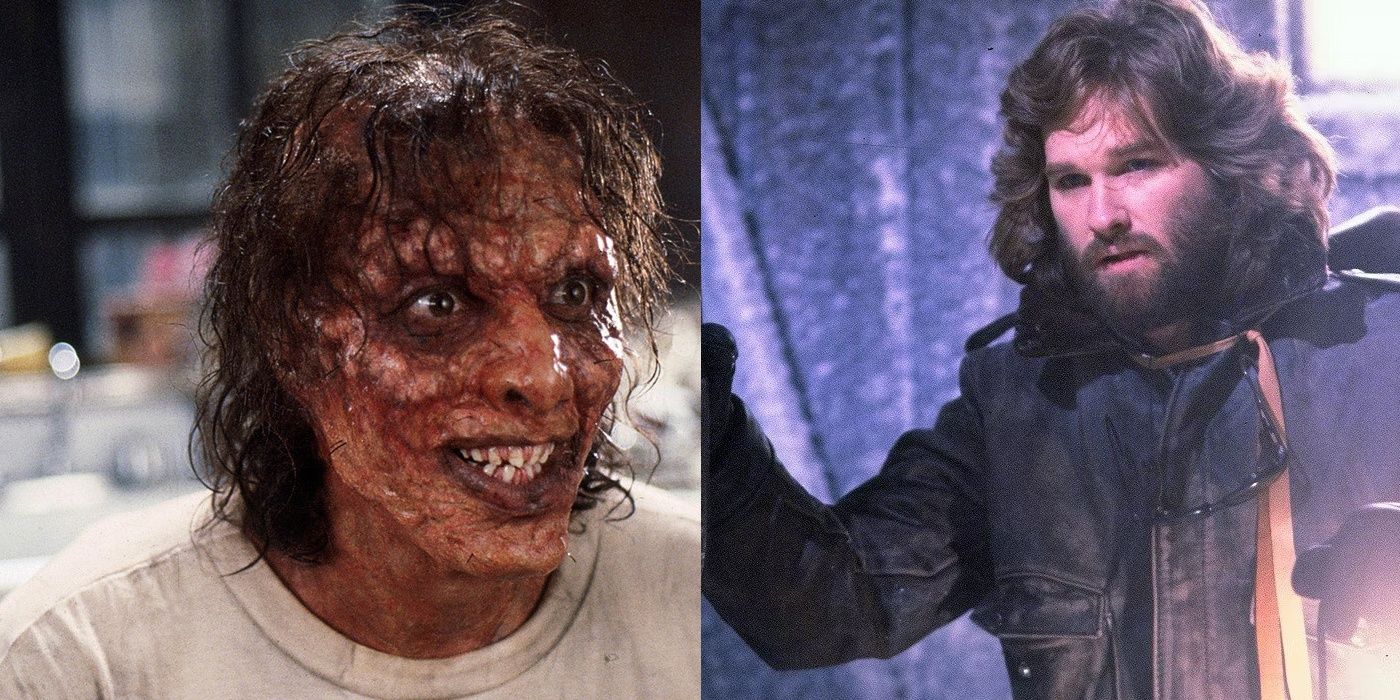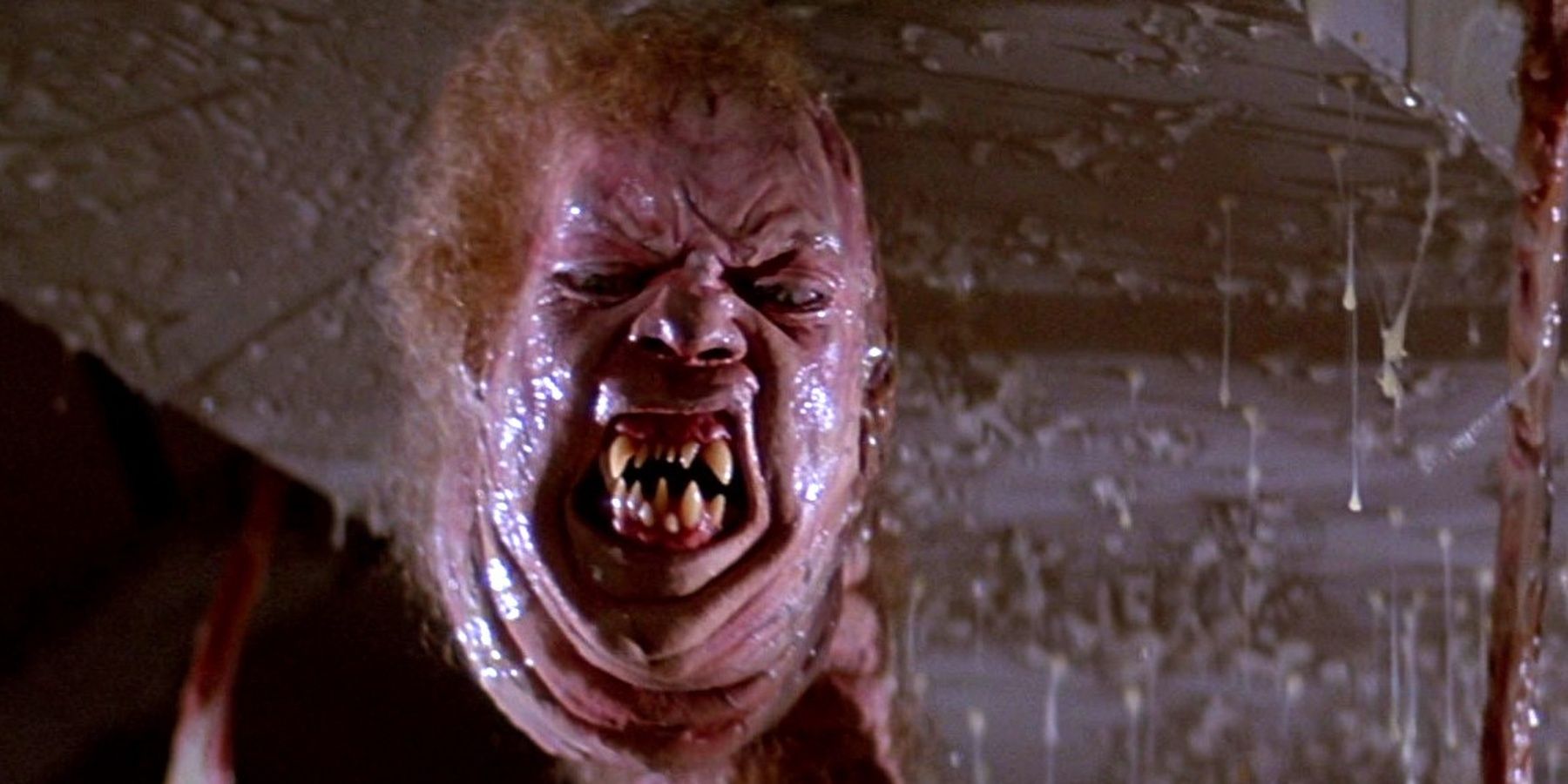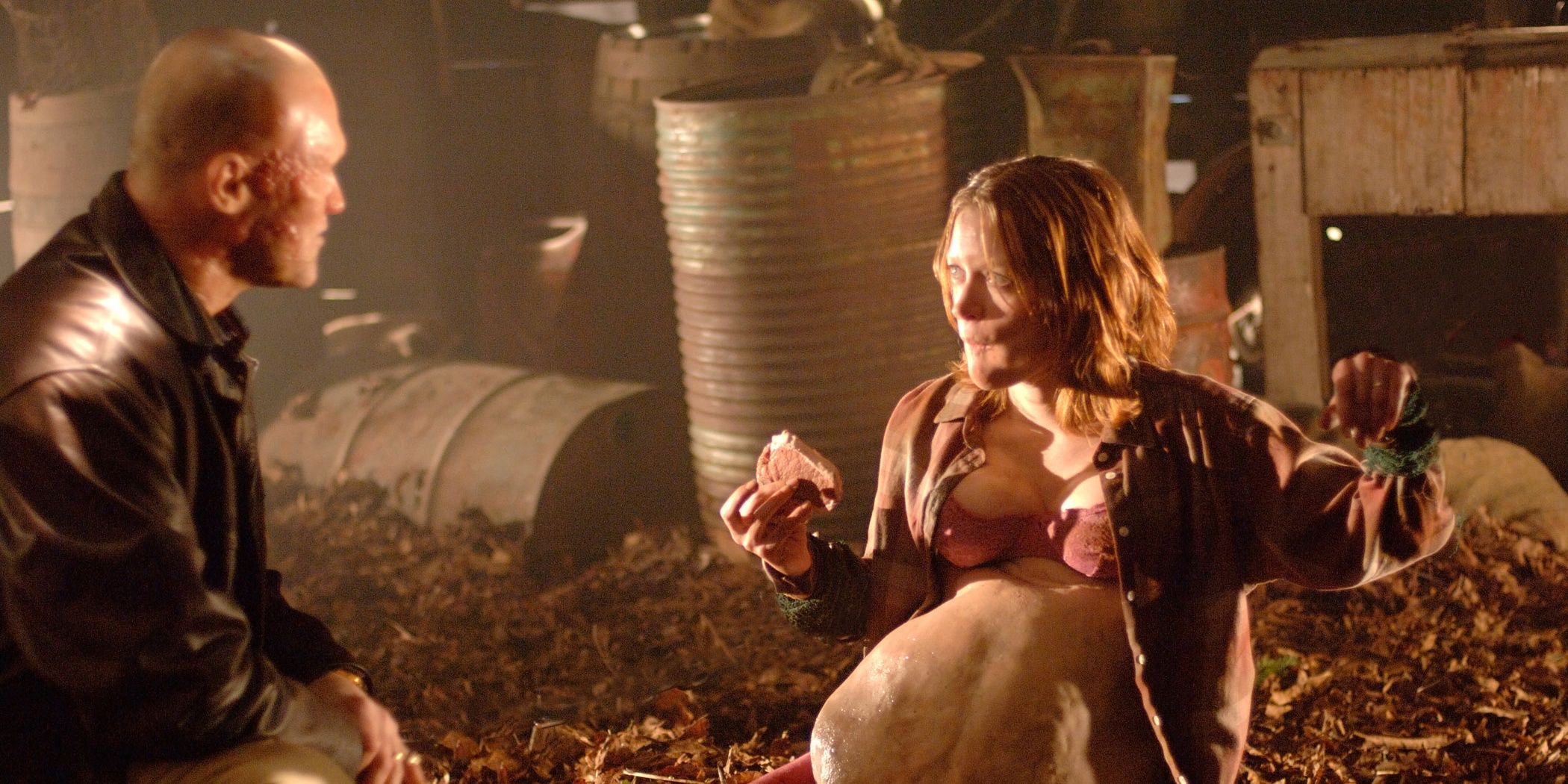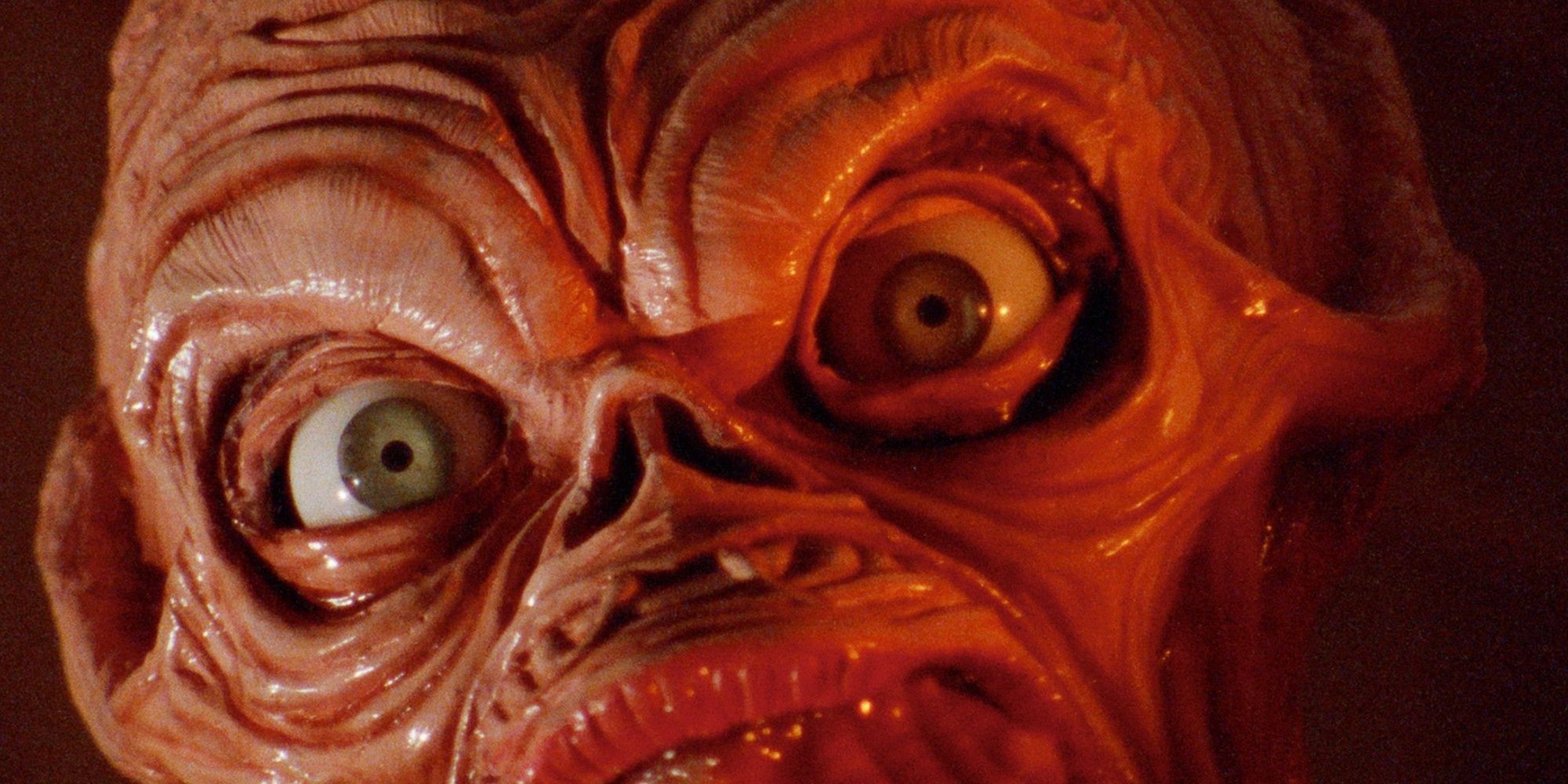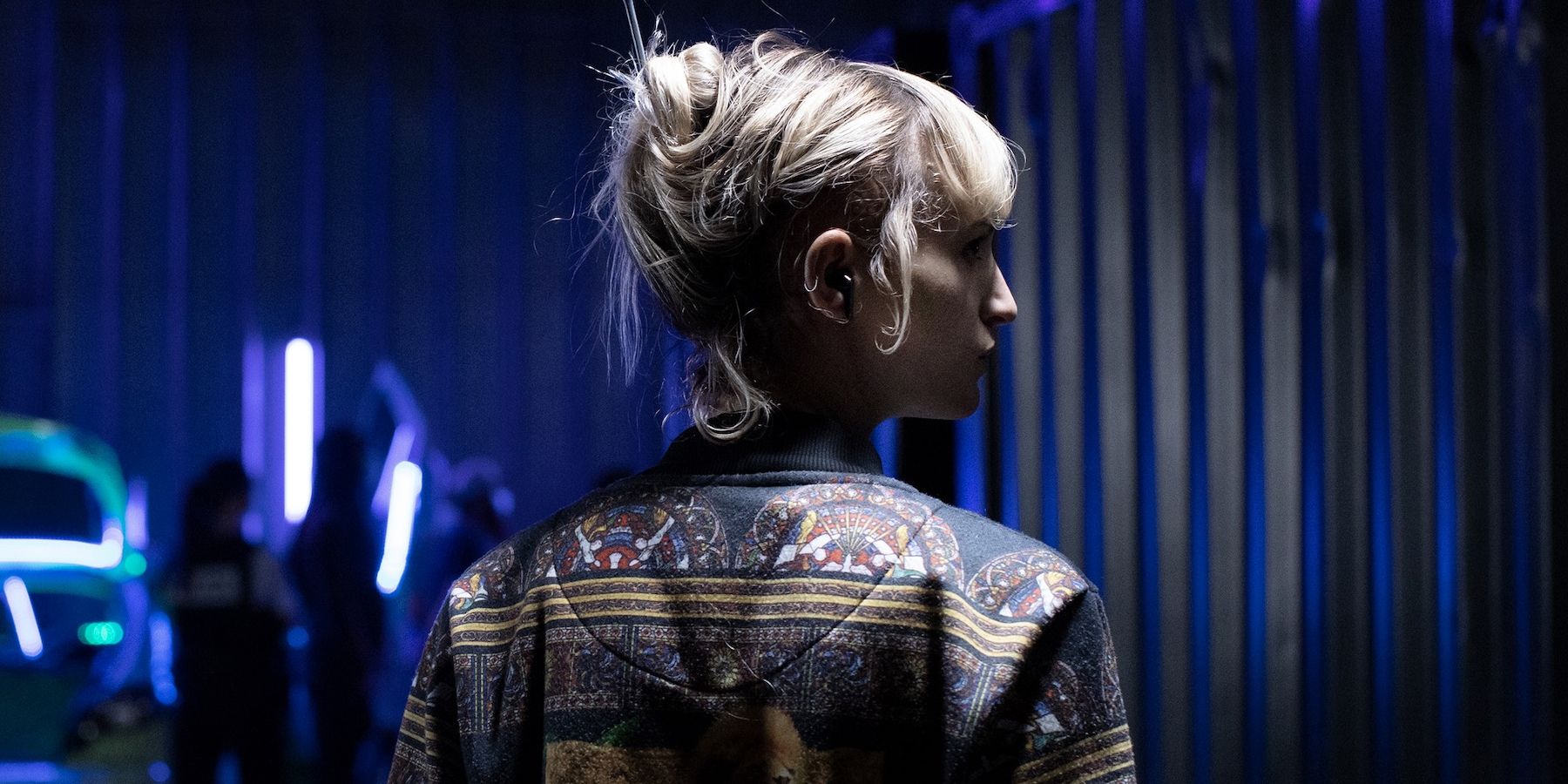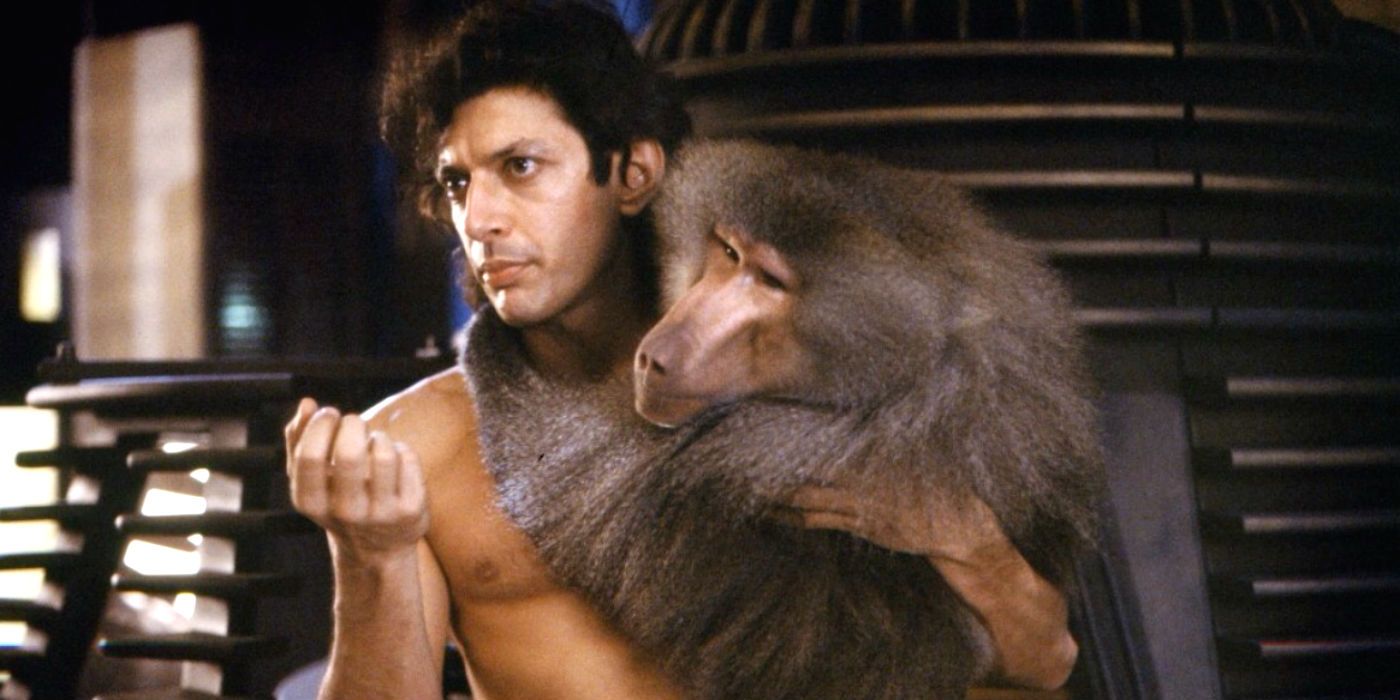Why do people enjoy the visceral feeling of disgust? What is it about disturbing films that draws the attention of a specific audience? Body horror dares to ask the viewing public, what if a person's own flesh and blood rebelled against them? Whatever the appeal, in most cases, the answer is delivered in a meticulously crafted display of ghoulish practical effects.
Sure, an R-Rated action film might feature some blood, a slasher film might deliver some brutal kills, and a monster movie can see victims torn apart. Those examples might be too much for some. However, viewers with a slightly stronger stomach might find their limit in the more introspective world of body horror.
Norris's Heart Attack - The Thing
John Carpenter's 1982 classic The Thing remains one of the essential horror films for every fan. The film follows a group of scientists and assorted crew members in an Alaskan research station. They discover quickly that an alien capable of taking the form of any living thing is among them. Trust breaks down, the body count raises fast, and every victim is also a potential monster. It's tough to pick a winner when examining the film for particularly disgusting scenes, but an easy standout comes near the midpoint of the film.
Norris, the team's geologist, seems to suffer a heart attack. When Dr. Copper sets to work defibrillating him, Norris's chest tears open and cleanly tears off his arms. Norris's body twists and breaks, transforming into a monster. When Kurt Russell's MacReady sets what's left of Norris ablaze, his head sprouts legs and sprints into the distance, allowing the alien to continue its attack. It's horrific, but the film still has plenty of terrible things to show off.
Bloated Brenda - Slither
James Gunn is so prominent and celebrated today that it's hard to remember the bizarre niche corner of cinema that gave him his fame. He's the biggest name in mass-market comic book superhero entertainment, but his first film was a disgusting 80s-inspired body horror sci-fi film. Gunn's 2006 debut Slither depicts an alien invasion of Earth that starts in a small town. The early stages of this invasion are often played for laughs, but some of the jokes are more gross-out than others.
The first human to be infected in the invasion is Michael Rooker's character Grant Grant. Grant is immediately overwritten by the parasitic alien, becoming a fully enslaved agent of the alien cause. As his first order of business, he abducts and infects a local woman named Brenda. The first time the townspeople discover that something is truly wrong comes when they stumble upon Brenda's new form hidden away in a shed. Brenda is forcefully impregnated with alien parasites, causing her body to swell and bloat. In her horrific new form, she speaks her final words, only to explode. It's bad enough that her death releases the swarm, but it's a nightmare to watch too.
The Baby Grows Up - The Suckling
Francis Teri's 1990 horror film The Suckling is disgusting from the first moment to the last. It's a truly abhorrent film, but its creature effects are shockingly well-handled. The film follows a young woman who is compelled by her abusive boyfriend to seek an abortion. The first act is packed with lame edgy jokes that fall completely flat and insufferable characters who barely appear human. However, after the procedure is done, the fetus is exposed to unspecified nuclear waste. It transforms into a monstrous being that will be the film's main antagonist. The irradiated fetus doesn't look great for the remainder of the film, but its initial transformation is truly haunting.
The Birth - Titane
A lot of the most gruesome moments in body horror cinema incorporate pregnancy and childbirth imagery. The genre is almost always concerned with corruption and parasites, things that don't belong in the body growing within it. Julia Ducournau's 2021 instant classicTitane plays with some of the same concepts, with a more mechanical twist.
Agathe Rousselle stars as Alexia, a serial killer who is fascinated with cars. In a surreal early scene, Alexia appears to have sex with a car. For the rest of the film, Alexia gradually shows signs of pregnancy. She's forced to hide her swollen belly as she lives in the guise of a man for some time. A later scene depicts her leaking motor oil. When she finally gives birth, the process tears her apart in a vicious display. The newborn is one part person and one part machine, leaving the ending open and questionable.
The Monkey-Cat Sequence - The Fly
How does one select the most disgusting scene in David Cronenberg's most iconic work? The world has picked this film as the gold medalist in the father of body horror's catalog. Thankfully, audiences have already made their choice. The infamous monkey-cat scene was deleted from most versions of The Fly. It's a scene that provoked such a strong reaction that people who otherwise enjoyed the slow transformation horror of a man into a massive insect couldn't handle it.
The scene depicts Seth Brundle attempting to replicate the teleporter accident that caused his condition. He does so by tossing a baboon in with a cat, which immediately becomes a feral beast. Brundle is forced to bludgeon the creature to death. Some stated that early audiences who saw the scene began vomiting in the theater. Others argue that the scene was cut because it killed any sympathy viewers could have for Dr. Brundle. Either way, by being removed, this scene establishes itself as one of the most nightmarish moments of Cronenberg's career.

